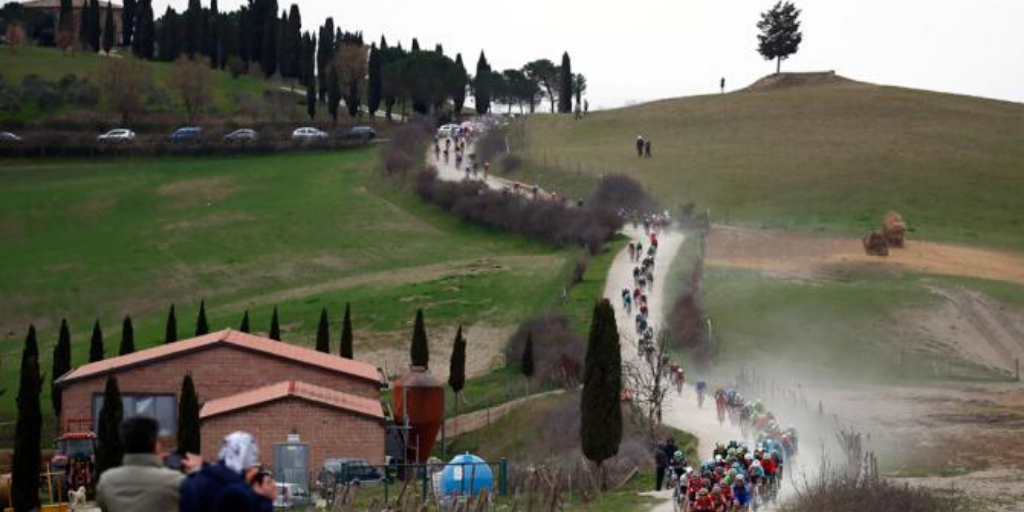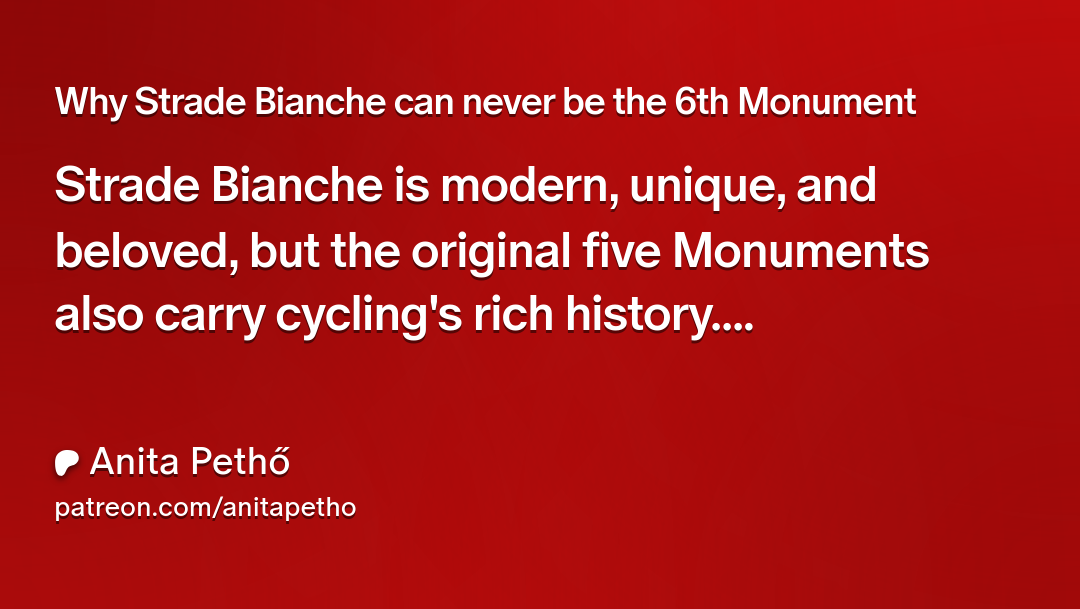Currently, you have two options to read my articles on Patreon:
be a subscriber fot 7$/month
buy a particular article (usually between 3.20$ and 3.90$/ aeticle) to read it!
Please, note, buying even just one article can be a nice gesture to support my blogs.
As you might have noticed, PelotonTales blog changed a bit recently.
Great stories from the past have their own little corner now, this is the Vintage Cycling Stories sub-page, while the current affairs of road cycling rsces have their own sub-pages too.
Like the Monuments of 2025 or the Tour de France 2025

